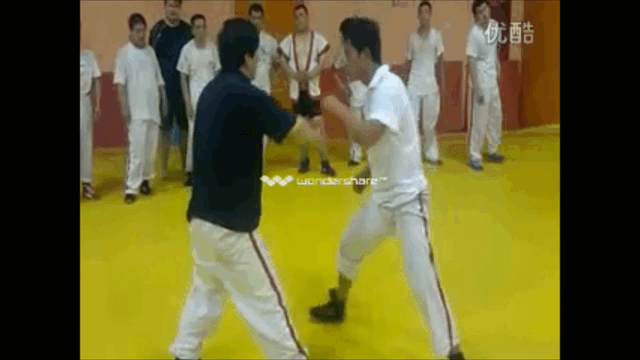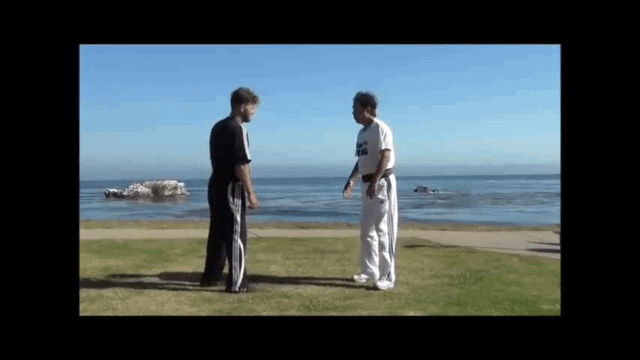Two men enter, one man leaves.
What happened to the one who didn't leave ?
1. died
2. was injured
3. lost
4. didn't fight
Again, this is a weird question for someone to ask.
Any Judo experience? Wrestling in general? I'm really just to gauge what you know beyond Korean folk wrestling, which an obscure selection to defend your ideas of Asia folk wrestling, to be honest.
How familiar are you with Mongolian wrestling?
How familiar are you ?
As you asked me, "what's your experience in MMA Ssireum ?
still waiting, have you any experience with it ?
My experience with what you mentioned comes from practitioners attempting to apply their methods against me.
In the case of Ssireum, my base style was Mantis.
I adapted to their setup and rule set at the time—
maybe mid 80s if memory serves me during the fielding of the MLRS systems to Korea.
kind of a funny story.
It happened during a live-fire missile exercise in Korea. Some of my soldiers were watching the ROKs going at it, laughing at them. I suggested that if they found it so funny, they should give it a try.
They countered by asking, ‘Why don’t you?’
As NCOIC in charge, lead by example part of leadership,,
not much of a choice.
Got thrown 2 out of 3 times. Good experience.
For Judo, Sambo, and Shuai Jiao, my base was Taiji.
Many of their approaches are similar to what is practiced in push hands.
The Shuai Jjiao, was interesting, as the teacher at the time, told me he wanted to his "vibration power " "Dou Jin" (抖劲).
but didn't want to hurt me...
Maybe, ya never know...most of the testing informal as in lets see what you would do if I did this or that ect..
The "testing" always on going....





